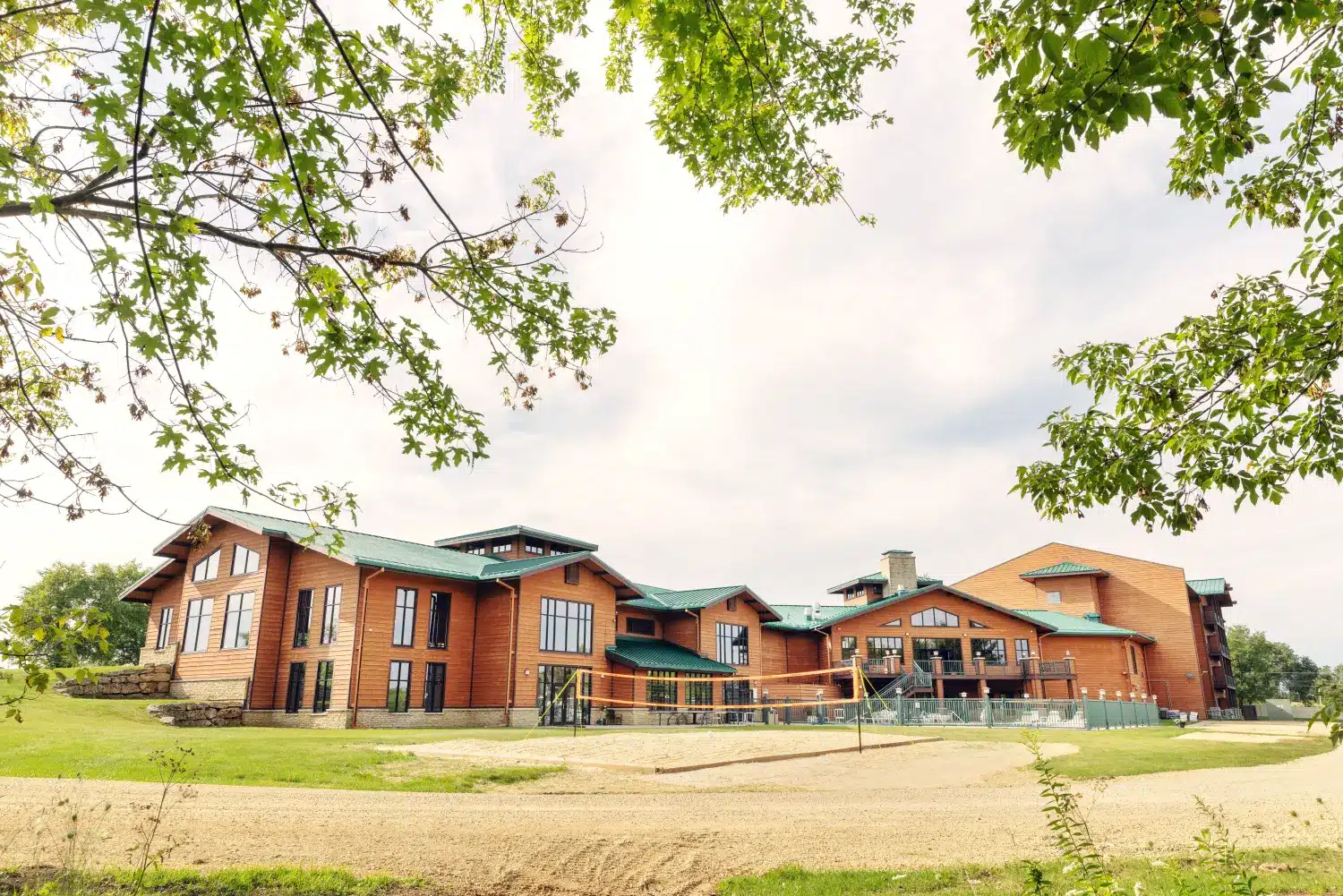Behavioral therapies offer a range of benefits for people in recovery, regardless of their age. A few of these approaches work especially well for teenagers and young adults. Adventure therapy is one of them. While people in recovery of all ages can benefit from this line of treatment, the activity level involved in adventure therapy caters more to the young.
Unlike traditional approaches, adventure therapy allows teenagers to take a more active role in the therapeutic process by moving the therapy setting outside the confines of their everyday life. New, adventure-filled settings give teens the freedom to develop healthy ways of dealing with new situations. These new-found skills can help them better manage the challenges they’ll face in recovery.
What Is Adventure Therapy?
Adventure therapy (also known as wilderness therapy) is a form of psychotherapy that uses an experience-based approach to work through internal conflicts and create change in the individual. The actual “therapy” session takes place in settings that bring out emotions and sometimes require a degree of risk-taking. Settings can take any number of forms, including camping, rock climbing, and wilderness expeditions. The overall effect turns the thinking and emotional aspects of therapy into an active learning experience. The circumstances that occur in these settings provide patients with real-time learning experiences that promote healthy changes.
How Adventure Therapy Benefits Teens in Recovery
Having to deal with the challenges of addiction recovery on top of the day-in, day-out pressures of being a teenager make it difficult to engage with the recovery process, let alone make progress. The never-ending distractions and expectations of others can pressure teens into making bad decisions. One of the main benefits of adventure therapy lies in its ability to remove patients from their daily surroundings. By doing so, teenagers have the opportunity to learn healthy, problem-solving skills without the pressures of daily life.
The process of addiction recovery requires a person to connect with an innate resilience and develop the types of coping skills that support a drug-free existence. While other forms of behavioral therapy provide guidance within the confines of the therapist’s office, adventure-based therapy allows patients to apply skills learned in therapy within a real-time setting. Here are a few other ways adventure therapy programs help the recovery process along:
- Builds self-confidence
- Encourages healthy self-expression
- Creates opportunities for self-discovery
- Provides structure
- Improves his or her ability to set goals and follow-through
Activities and Treatment Objectives
Settings for adventure therapy may vary but most all of them require problem-solving, risk-taking while providing opportunities to develop healthy coping behaviors. Issues regarding trust, control, and leadership are also dealt with in healthy ways. Other activities to be had include:
- Learning to function as part of a team
- Working together as a group to solve a problem
- Learning to communicate in healthy ways
- Facing situations that challenge their abilities
Are alcohol and drugs ruining your life?
Find help nowPhases of Adventure Therapy
Adventure therapy takes place in three phases with each phase having its own goal. Depending on the activity and setting, the entire process can last anywhere from several hours to several days. Here are the three phases of the program:
Cleansing Phase
The process begins with a cleansing phase that’s designed to help a teen disconnect from the destructive environment that bred the addiction problem. This is accomplished through:
- Eating a healthy diet
- Engaging in intense physical exercise
- Learning and applying self-care skills, such as putting up a tent or starting a fire
Within this setting, young people are immersed in a new lifestyle. Healthy eating and exercise regimens create a sense of structure while also reducing the discomfort that comes with drug or alcohol withdrawal. These conditions provide young people with a healthy starting point that they can build on in the following phases.
Personal and Social Responsibility Phase
Personal and social responsibility are two things that quickly fall by the wayside when addiction takes over a person’s life. Once addiction develops, addicts have a total disregard for the consequences of their actions. This phase of adventure-based therapy makes teenagers have to confront the consequences of their actions and be accountable for them.
In wilderness-type environments, certain self-care tasks have to be done in order to be comfortable. For example, a teen who refuses to put up a tent will experience the consequences of not doing so when it’s time to sleep or if it rains. These circumstances not only provide teaching moments but also eliminate the role of authority figures from the course of events. In this way, teens learn personal accountability since there’s no one to blame by themselves.
During the course of therapy, interpersonal issues within the peer group also become opportunities to learn new behaviors. Through the therapist’s interventions, teens learn to manage anger and communicate difficult emotions. Since the people who make up the group are peers who share similar challenges in recovery, the adventure experience provides a neutral and safe space for teens to practice new behaviors.
Transition and Aftercare Phase
Adventure therapy is designed to work within the context of a comprehensive treatment program and not as a standalone treatment approach. The transition and aftercare phase provides guidance on how teenagers can apply the skills they learned in their daily lives. Once the adventure part ends, teens discuss their experiences in one-on-one sessions with the therapist and in group sessions with peers. They determine how the lessons learned from these experiences can be applied in their everyday dealings with parents, with friends, and at school. Ongoing outpatient counseling is typically recommended once a teen returns home to build on progress made.
Providing teenagers and young adults with a real-life framework for growth and change is the overall goal of adventure therapy programs. By nature, teens have limited attention spans, lots of energy and lots of questions. The settings and situations encountered in adventure therapy condense therapy treatment objectives into real-time experiences that connect teens with the lessons they need to learn to live drug-free lifestyles.
Sources:
- tigerprints.clemson.edu – Clemson University, “The Wilderness in Wilderness Therapy Techniques”
- drugabuse.gov – National Institute on Drug Abuse, “Why Do Adolescents Take Drugs?”
- fs.fed.us – USDA Forest Service Proceedings, “Wilderness Therapy as an Intervention and Treatment for Adolescents with Behavioral Problems”
Medical disclaimer:
Sunshine Behavioral Health strives to help people who are facing substance abuse, addiction, mental health disorders, or a combination of these conditions. It does this by providing compassionate care and evidence-based content that addresses health, treatment, and recovery.
Licensed medical professionals review material we publish on our site. The material is not a substitute for qualified medical diagnoses, treatment, or advice. It should not be used to replace the suggestions of your personal physician or other health care professionals.







